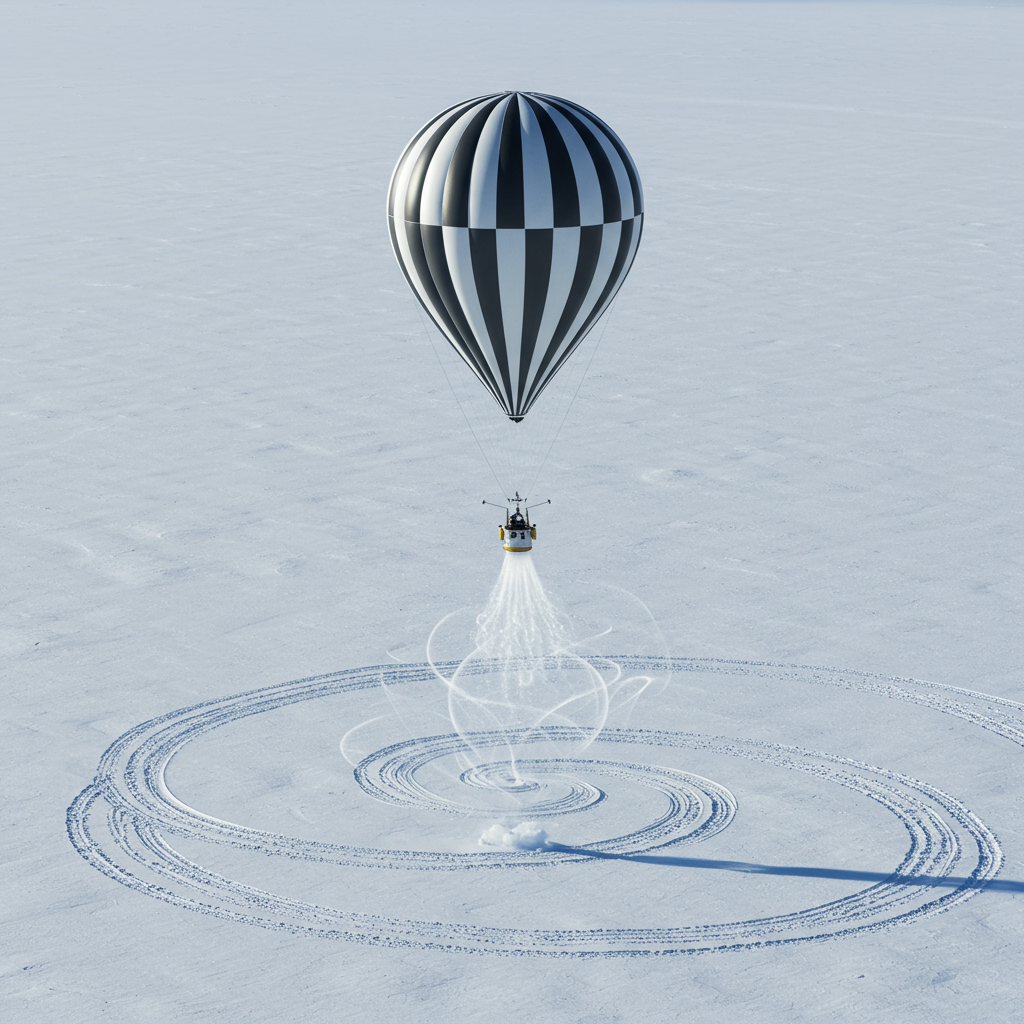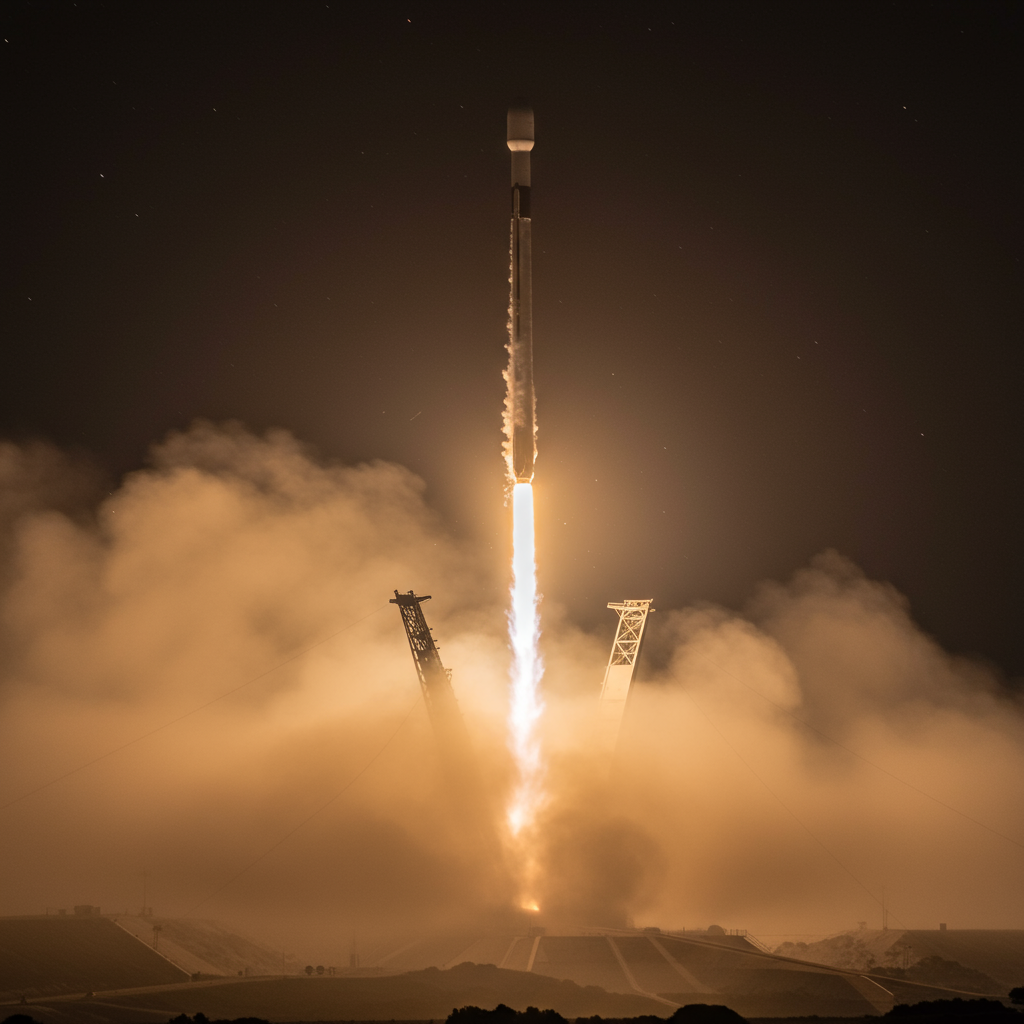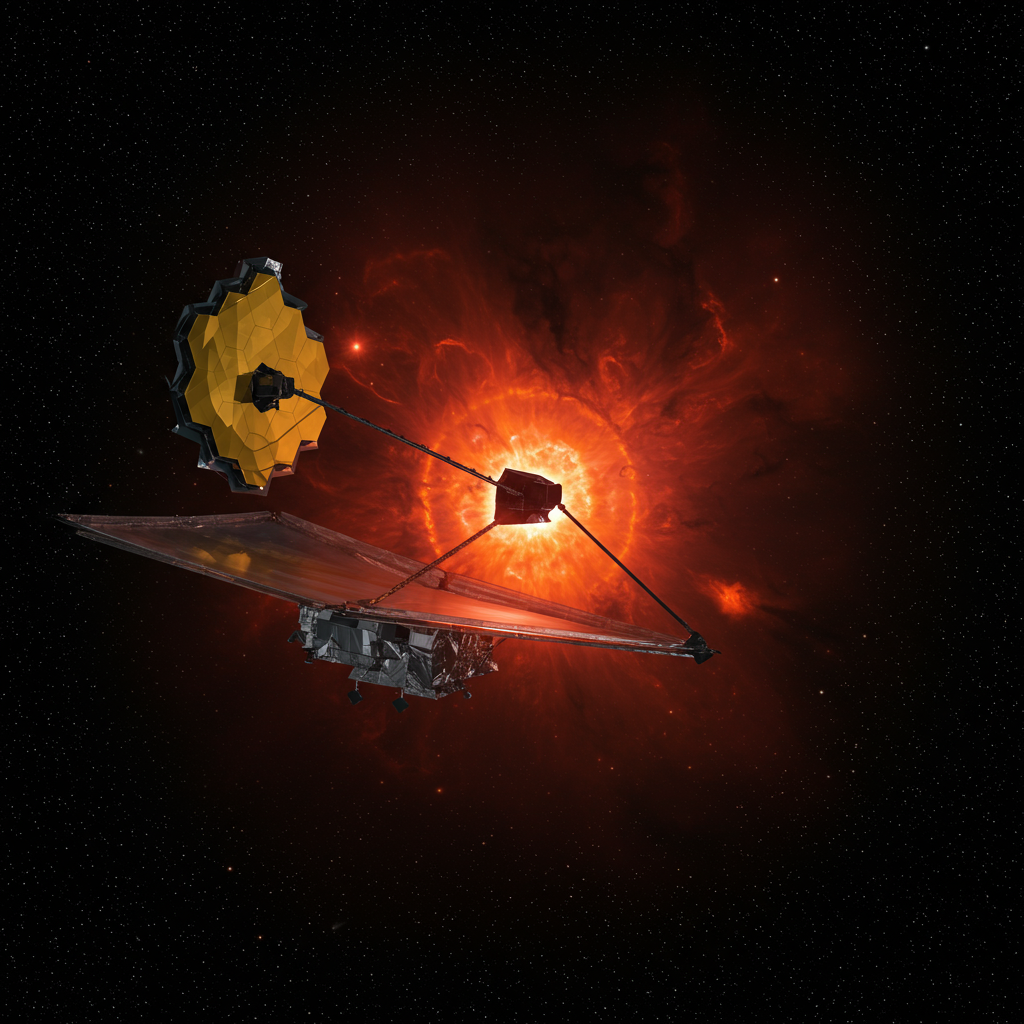Antarctic Detector Records Impossible Signals
A high-altitude balloon experiment hovering above the frozen expanse of Antarctica has captured mysterious signals that appear to break fundamental rules of particle physics. The Antarctic Impulsive Transient Antenna (ANITA) detected unique radio pulses suggesting ultra-high-energy particles are blasting upward through thousands of kilometers of Earth’s ice and rock – a phenomenon considered near-impossible according to our current understanding, the Standard Model of particle physics.
These unusual signals were registered at steep upward angles, originating from beneath the ice rather than from above, as would be expected from typical cosmic sources interacting with the surface. This suggests the particles somehow traversed the entire planet before emerging in Antarctica.
For scientists, this observation is highly anomalous because standard ultra-high-energy particles, particularly neutrinos at such extreme energies, have a very high probability (“cross-section”) of interacting with matter. They should be absorbed long before they could punch through the Earth and be detected on the other side. Yet, ANITA has recorded several instances of just this kind of upward-moving event since 2016.
Why Standard Physics Can’t Explain It
The ANITA experiment is designed to detect faint radio waves produced when high-energy cosmic particles, like neutrinos or cosmic rays, collide with the Antarctic ice. While neutrinos are notoriously elusive particles that rarely interact, ultra-high-energy neutrinos are expected to interact far more readily with the dense material of the Earth’s interior.
According to current models, the chance of an ultra-high-energy neutrino successfully passing through the Earth’s entire diameter without interacting is essentially zero. Detecting multiple particles that appear to have done just that is what makes the ANITA signals so puzzling and seemingly contradictory to established physics.
Stephanie Wissel, a physicist at Penn State and part of the ANITA team, highlighted this challenge, explaining that the steep upward angles mean the particles must have traveled through the Earth’s crust. By her assessment, existing particle theories predict such a signal should have been absorbed long before emerging on the surface. The data simply didn’t align with expectations for any known particle behaving according to the Standard Model.
Other Experiments Find No Confirmation
To investigate the nature of these anomalous signals, the ANITA team compared their data with information from other major neutrino observatories in Antarctica and Argentina, specifically IceCube and the Pierre Auger Observatory. Neither of these larger, ground-based detectors registered correlating events or a general signal consistent with ultra-high-energy particles regularly passing through the Earth from space.
Furthermore, subsequent detailed searches of IceCube data, specifically looking for evidence of secondary particle showers that would accompany certain Standard Model explanations (like high-energy neutrinos originating from powerful sources like blazars in the Northern Hemisphere), found no such correlating events.
The absence of supporting evidence from these other experiments, combined with the theoretical difficulty of ultra-high-energy particles traversing the Earth, has led researchers to conclude that a conventional Standard Model astrophysical explanation for the ANITA signals appears severely constrained, if not entirely ruled out.
Uncharted Territory: What Could Be Causing the Signals?
With standard explanations challenged, the scientific community is considering possibilities ranging from the mundane to the revolutionary. While some researchers suggest potential, less exotic explanations, such as a flaw in the detector’s interpretation or unusual interactions near the ice surface mimicking an upward trajectory (a possibility mentioned by Wissel), the lack of a clear conventional answer opens the door to more profound implications.
The anomalies add weight to the possibility that the Standard Model of particle physics, which describes the known fundamental forces and particles, is incomplete. The mysterious signals could potentially be evidence of:
New, unknown particles: Particles not included in the Standard Model that interact much less frequently with matter than even standard neutrinos at high energies.
New forms of interaction: Known particles interacting in ways not currently understood at extreme energies or under specific conditions.
- Exotic physics: Highly speculative possibilities such as certain types of dark matter interactions or even a fourth, “sterile” neutrino species, which would interact even more weakly than the known three types.
- www.livescience.com
- bigthink.com
- interestingengineering.com
While speculative ideas like parallel universes have been floated in some discussions surrounding the ANITA events, most scientists emphasize that current evidence does not support such claims and that more conventional, albeit new physics, explanations are scientifically more likely to be explored first.
The Search for Answers Continues
The ANITA signals remain an intriguing mystery. Researchers, including those at Penn State, are not stopping their investigation. A more advanced detector, named PUEO, is currently under development. This next-generation balloon experiment is designed with enhanced sensitivity to capture more of these elusive events, if they occur.
Scientists are hopeful that data from PUEO will provide the crucial information needed to determine whether the signals are a result of groundbreaking new physics, a rare environmental anomaly tied to the unique conditions over Antarctica, or something else entirely. For now, the icy continent holds secrets that continue to challenge our understanding of the universe.



